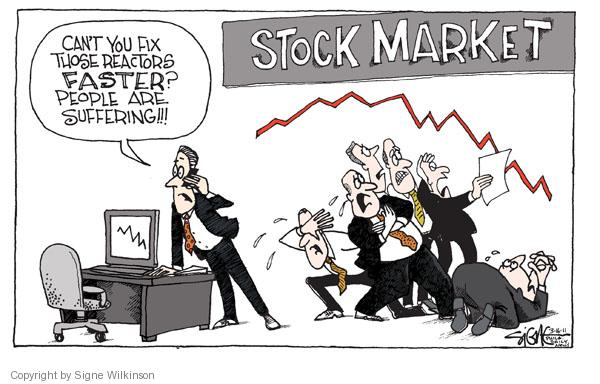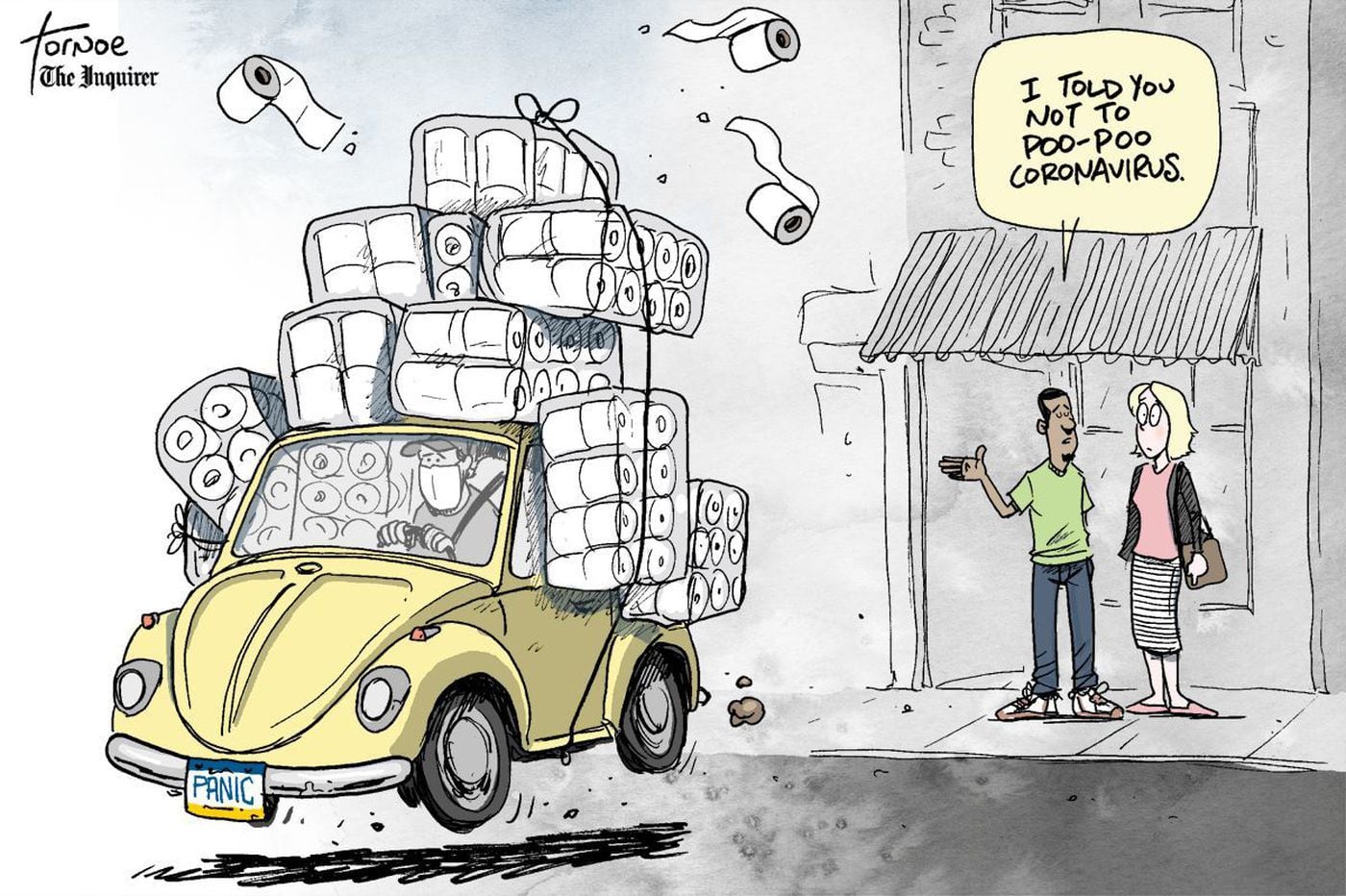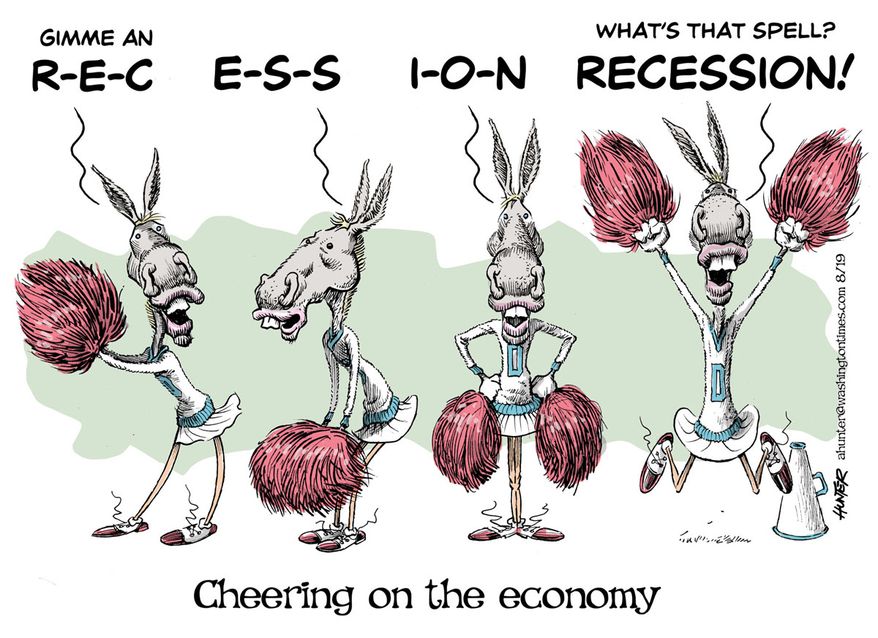
A black swan in markets is an event that has not occurred in the past, thus rendering useless risk management models based on historic data. Such a risk model would assume that all swans were white.
“First, it is an outlier, as it lies outside the realm of regular expectations, because nothing in the past can convincingly point to its possibility,” author Nassim Taleb wrote in his book "The Black Swan."
“Second, it carries an extreme impact.
Third, in spite of its outlier status, human nature makes us concoct explanations for its occurrence after the fact, making it explainable and predictable.”
Third, in spite of its outlier status, human nature makes us concoct explanations for its occurrence after the fact, making it explainable and predictable.”
In the case of the coronavirus, no one predicted a disease would cause more than 60 million people in China to be locked down during the Lunar New Year, the country’s busiest travel period, paralyzing the Chinese economy.








